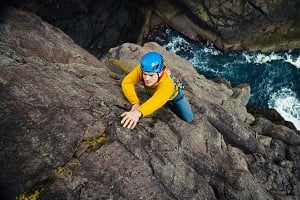
Over May and June this year Dundonnell-based runner Colin Meek ran the length of Scotland's watershed from Peel Fell on the English border to Duncansby Head near John O' Groats, a 600-mile-plus route through some of the wildest and most trackless terrain in the country and including 44 Munros, 24 Corbetts, and bogs aplenty. Dan Bailey got him to sit still long enough to answer a few questions on his month-long hillrunning odyssey.
For those who don't know, can you explain what the watershed is?
The Scottish Watershed is the line of high ground that defines whether water runs into the North Sea or the Atlantic. It weaves its way up the length of Scotland keeping nearer to the West Coast. By its nature, it tracks through some really remote, mountainous areas. Even in the south it runs through the least populated and wildest parts of the central belt. Watersheds exist in most countries but in Scotland the line is particularly good to walk or run because there is so little farmland and settlement directly on the route.
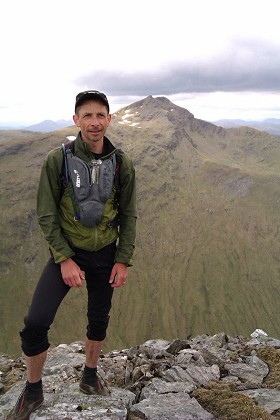
What's your age and day job?
I am the wrong side of 46 and a freelance research consultant and I also train people in advanced internet research. What this means is I don't have a regular 9-5 job which is good for training.
How long have you been into running and hills, and had you done anything big like this before?
I've been running in the hills since I was a teenager. Arthur's Seat in Edinburgh was my first playground. But I've had many years when I devoted more time rock climbing than running. More recently, however, running has dominated my spare time. I have done a lot of very long distance hillrunning but I haven't ever been on another multi-day project as long as this.
What sort of support did you get on the route?
I think it would be desperately difficult to do the route without support as it would mean organising stashed supplies and camping wild most nights.
Three different (fantastic) people helped me during the first, second and last weeks of the run with transport to and from campsites or hostels. During the first and last weeks those people also met me during stages to re-supply me with water and food. Later in the run friends helped during the less mountainous days to meet with coffee and nice snacks. Overall, I was incredibly lucky with the support I had. Some of my best memories are of the laughs I had with the company along the way.
Friends and support ran with me on about eight of the 27 days which was a great morale boost. The section from the Black Mount to the Great Glen was the part where I had zero support or company.
How much route and logistical planning was done in advance?
It wasn't difficult to map out the entire route but it was hugely time consuming. I did this with digital mapping and downloaded everything to a Garmin but I needed hard-copy back ups so I printed off dozens of A4 maps and laminated those.
The other logistical issues involved getting people and supplies to the right places at the right time with the right accommodation. I did need to remain fairly flexible in the last two weeks as I didn't know how the timing would go but any planning I had to do during the run was really stressful because I was so tired in the evening. Eventually, I had to depend on family and support to sort a lot out for me as I only had energy left for the hill.
How much of the ground did you already know in advance, and how much was new to you?
The only parts I knew really well were the Fannich mountains, the Beinn Deargs of Wester Ross, the southern parts of Kintail and the area around Conival in Assynt. All of the other parts were mostly new to me although I had been up some of the individual Munros before. I had intended to do some more reconnaissance but I ran out of time!
Training dominated your life for a long time – can you talk us through what it entailed?
I embarked on this whole journey because I was enjoying training for ultra-distance runs so much I thought I'd capitalise on that enthusiasm. In general, that enthusiasm stayed with me through the whole two years. To have a chance I knew I had to train hard through both the 2010 and 2011 winters and, looking back at my training log, in 2011 I recorded 460 miles between January and April. In the same four months in 2012 I ran over 1000 miles. Obviously many of those miles were really hard given that nearly all of them were close to home on the trails and hills of North West Scotland - very often in driving sleet and snow. My own view is that the harder you train in winter, the easier the miles are in summer both mentally and physically.
In summer I was regularly running close to or more than 300 miles per month and I cross-trained with swimming and some rock-climbing when I had the time. In those months I was training twice a day most days. Obviously this had a huge impact on my time but my family was really supportive. But it is possible to fit in a big training schedule into a normal life - you just have to get up early and cut out things that waste time such as TV. The other thing to remember is that you can cram a really big running workout into a relatively small amount of time.

The physical stuff may not be easy to prepare for but at least you know what you have to do – but how about the mental side; was there anything you could do in advance to prepare yourself?
I wanted a really big running challenge that traversed the wildest parts of the country and I knew that would be hard mentally. It was a real challenge because I was far from certain that I could even get halfway. I think my investment in winter training paid off here. I'd regularly start long runs with my back to the wind knowing that I had to turn around and face 10 more miles into a head wind. I ran in some really horrendous weather. I didn't do anything stupid, but I deliberately ran out my comfort zone. The other tactic I used was 'back-to-back' training once a week where I ran at least 20 miles and then did the same for at least two more days. During those sessions I'd consistently try and place myself mentally on the Watershed and imagine I had to do the same amount of distance the next day. Gradually, I became less and less intimidated.
How about on the run - how did you keep morale and motivation high day in, day out?
I broke the whole route down into five bigger sections and worked hard just to finish those, after each of which I regrouped. During really long days I concentrated on completing small sections and looked forward to things like the planned evening meal, phoning home, a big piece of home-made chocolate brownie or a bottle of ginger beer. On easier sections I listened to music and I found that immensely helpful. Some nights I was so tired it was hard just to shower or change clothes. But when that happened I just focused on taking one small step at a time.
Were there any low points or moments of doubt?
I had a few wobbles and two really hard spells when I thought I couldn't cope with the next day. During the third week I did two 28 mile days in a row and in one of those I did over 2000m height gain. I was wiped out on the evening of the second day and had to bring forward a rest day. During the whole of that rest day I wasn't sure I could get back on the hill. Somehow, the next day fell into place and I did my planned 22 miles and 2000m ascent in Kintail. That gave me a real boost.
The other low point was the third day in a 60 mile push in three days from Black Mount to Laggan in the Great Glen with a big pack. That day came at the end of seven continuous days of running in the Central Highlands. Luckily my wife Helen and some friends came to see me in the Great Glen Hostel and they helped me surface from that dip.
What about memorable highlights?
So many, but a few stand out. I lost a lot of time during the first two days because the forest sections near the border were far tougher than I predicted. I had to make up some ground or the whole project was at risk. So, on the fourth day I gritted my teeth and ran just under 30 miles from Birkhill to Coulter in the Southern Uplands with 1500m height gain. I remember dropping down from Coulter Fell, watching the sun break through the low cloud, knowing the whole journey was back on track and I was feeling OK. I think it was then I realised that I had a chance.
Another magnificent day was with a fellow runner in Assynt on Conival and its neighbouring hills. We did over 20 miles and 2000m ascent. I was really tired and sore from the previous few days but something was going right because I felt like my body was catching up, and that I might actually get to the finish.
Can you detail a couple of your bigger days?
My solo traverse of the Fannich mountains when I did 28.5 miles and 2259m ascent. That wasn't the day with the biggest mileage or the most ascent but the combination meant that was the biggest day physically. Another monster day was from Stronachlacher to Crianlarich over Beinn a'Choin, Beinn Chabhair , Beinn a'Chroin, An Caisteal and Cruach Ardrain : 18 miles and 2,600m ascent. I did three other days over 30 miles and nine days over marathon distance.
How did the weather treat you generally?
Really well. To be honest, if there had been four or five days of lashing rain I don't think I would have finished.
What would a kit list look like on a typical hill stage?
When I wasn't camping wild I went very light. A 3-litre hydration pack, a good shell jacket, a tiny first aid kit, a very good lightweight fleece, a change of baselayer, windproof lightweight overtrousers, gloves, hat and then a pile of food. Map, compass, GPS and a phone.
Did you discover any new favourite areas or hills as you went along?
The hills in the Trossachs and around Tyndrum were new to me and I wasn't expecting those to be so good for running - the round including Ben Lui was fantastic. Aside from that the whole area around Loch Hourn was spectacular. I mean - breathtaking. The weather at this time was perfect - cool, dry and sunny.
The route inevitably spends a lot of time in the Southern Uplands; how do you think these hills compare with the more celebrated bits of the highlands for wildness and general quality?
The Southern Uplands were a revelation. I know Yorkshire well and the area around Hadrian's Wall where I've done a lot of running but this area north of the border is also beautiful and very runnable (apart from the forest rides!). They obviously aren't wild like the Highlands but some sections amounted to the best relaxed hillrunning I've done in years - in particular the Watershed from the B709 to Coulter.
The watershed is already the subject of a book, Ribbon of Wildness by Peter Wright. Having done it, would you recommend it to other runners or long distance walkers?
Ribbon of Wildness is a good overview of the entire route but it is not a step-by-step guide by any means. I think he is planning a book that will include separate routes that will cover some of the Watershed. A word of warning here - the vast majority of the Watershed is wild and majestic but some parts of the route are not pleasant. In particular the early forest sections near the border and a few parts of farmland in the Lowlands. But there are some other parts that are unexpectedly fierce because they are practically trackless. The leg from Balfron over Ben Lomond to Stronachlacher was only 18 miles but it was really grim as the heather was often knee high.
What's next for you; any other big ideas in the pipeline? or a well-earned break?
I am recovering as I write. Physically, the 30 days knocked me sideways but I've ran a few miles to stretch my legs and I'm doing a lot of swimming. If I recover in time I'll be running two more ultramarathons this year and I may do a multi-day race next year such as the Dragon's Back in Wales but I've no plans for another epic adventure any time soon.
Colin Meek's watershed run was supported by Lyon Outdoor with a range of kit including Aquapac protection and La Sportiva shoes. Ullapool Bakery provided high-energy seed and oatcakes for the entire journey. For day-to-day details of the journey see his blog.
- INTERVIEW: Exmoor Coast Traverse - England's Best Kept Mountaineering Secret 10 Apr
- REVIEW: Rab Muon 50L Pack 9 Apr
- REVIEW: Boreal Saurus 2.0 22 Mar
- REVIEW: The Cairngorms & North-East Scotland 1 Mar
- REVIEW: Mountain Equipment Switch Pro Hooded Jacket and Switch Trousers 19 Feb
- Classic Winter - East Ridge of Beinn a' Chaorainn 12 Feb
- REVIEW: Salewa Ortles Ascent Mid GTX Boots 18 Jan
- REVIEW: Patagonia Super Free Alpine Jacket 7 Jan
- REVIEW: Deuter Fox - A Proper Trekking Pack For Kids 27 Dec, 2023
- My Favourite Map: Lochs, Rocks, and a Bad Bog 27 Nov, 2023



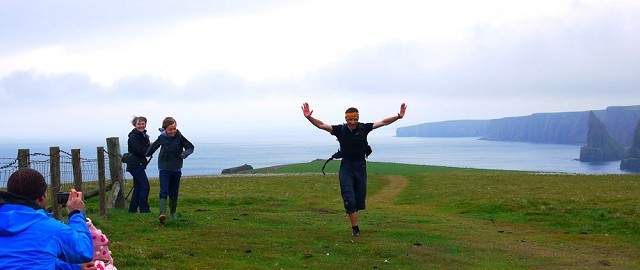
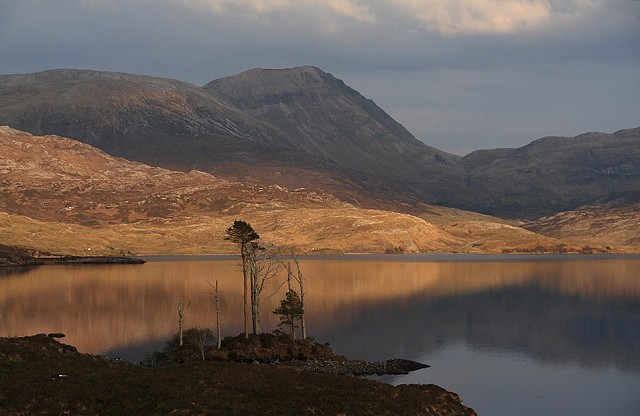
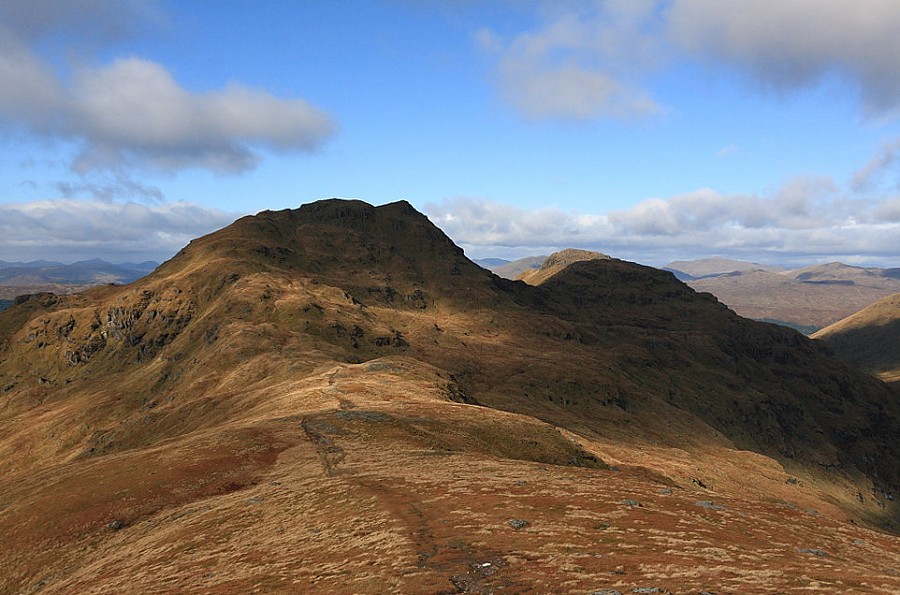
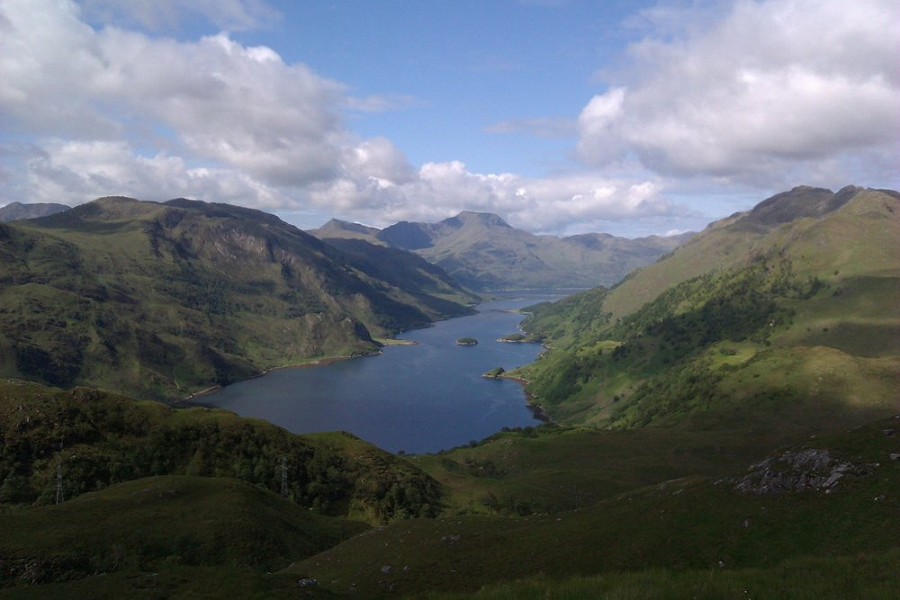
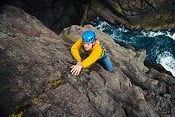
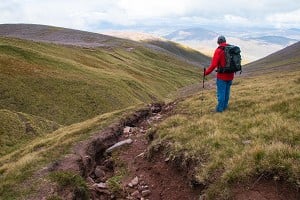
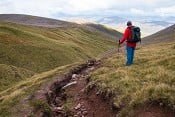
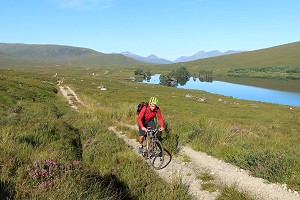
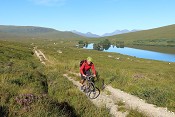




Comments